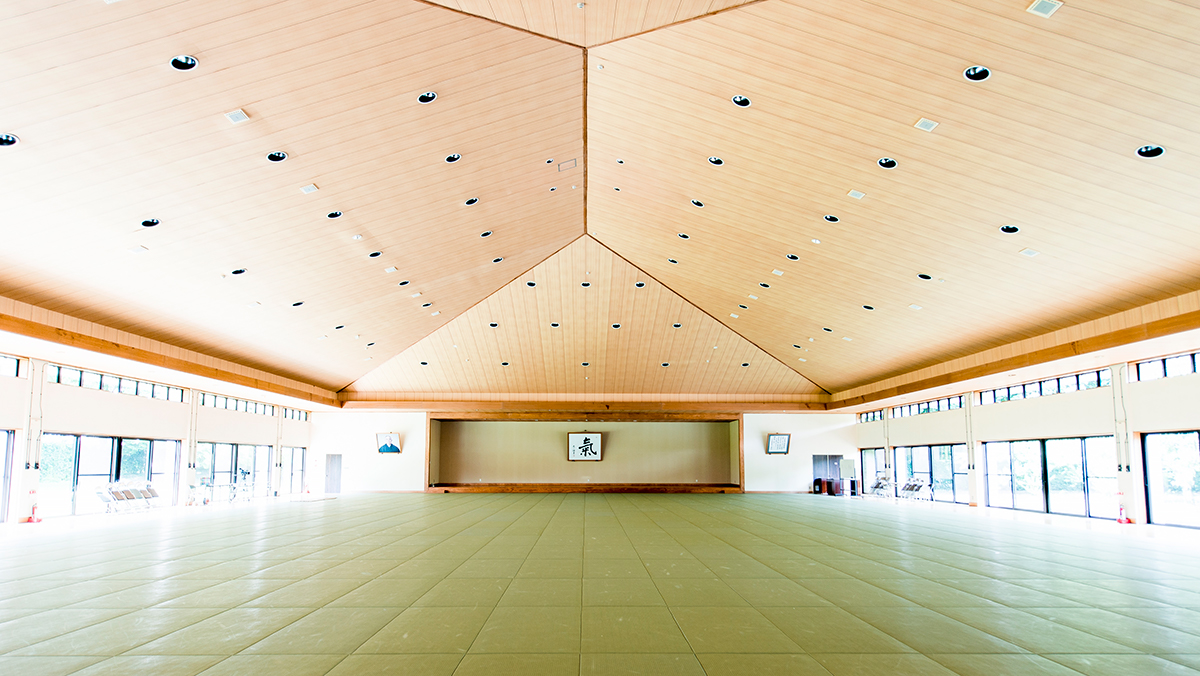
In
order to be able to lead people, building “a trust relationship” with them
first is very important.
“What
should we do to build a trust relationship with someone?” There is no direct,
easy answer to this question, as it all depends on the other person, and the
situation involved. On the other hand, it is very easy to know “when a trust
relationship is lost or broken.” Before we can carry on further, let us reflect
and think about this together.
・・・・・・・・・・・・・・・・・・・・・・・・・・・・・・・・・・・・
・・・・・・・・・・・・・・・・・・・・・・・・・・・・・・・・・・・・
・・・・・・・・・・・・・・・・・・・・・・・・・・・・・・・・・・・・
What
about someone who has no confidence in themselves or when dealing with
situations, or someone who is unable to keep their promises or be punctual
during appointments, or someone who changes their attitude to match the person
they are dealing with. I think there are many other reasons that can contribute
to losing or breaking a trust relationship with someone.
If
you start thinking “What is required or needed to gain someone’s trust?”, and
approach all situations with this mindset, you would then be able to understand
naturally.
An
example of a behavior that contributes to losing someone’s trust is, not really
listening or paying attention when someone is talking or telling you something.
If
you listen to someone and start prejudging them based on your own “correct” way
of doing something and deciding in your own mind that they should have done it
a certain way, this means that you will not able to really hear what they are
trying to tell you. At this time, the other person will feel rejected or rebuffed
and Ki will stop communicating.
Please
do not misunderstand. Try to understand your partner by thinking that they are
correct in everything that he or she says. Even if they may say something that
is not “correct or agreeable”, it is important to try and understand the reason
why they think that way.
At
this point, most people would like to assert their opinion on what they think
is “correct” on to the person they are speaking to, and try to force the other person
to think in the same way. When this happens, the other person would feel as if
their personality and opinion was being unaccepted, thus making him or her feel
that there would be no meaning to continuing the conversation.
First,
acknowledge the other person’s way of thinking, and then try to understand why
they think in that way and accept it. This means to understand the other party
or person, which then helps us to be able to lead the other person or partner.
When
the other person starts to think that they can trust in us to share their views
and opinions, only then can we actually really share our own thoughts and
opinions with them as they will be ready to accept it even though it may differ
from theirs.
At
this time during the conversation, if we start to get emotional because of the
difference in opinions, it means we have started to put ourselves first and
this would not help us to ever be able to really understand what our partner is
really trying to say. At this point, our Ki flow has stopped and trying to lead
our partner or the other person becomes difficult.
During an official Dan Grading –
a situation occurred:
There was a young man during his
multiple attack exam, as he was being caught by an Uke. He started to get very affected and started
throwing aggressively. An instructor who was also judging the Exam that day,
stopped the exam immediately and reprimanded the young man, telling him that
his grading was invalid and that he had to re-take the whole exam at another
time.
The
young man who took the Instructor’s stern reprimand seriously, started to walk
out trying to leave the Dojo. As I was there as Head Examiner overseeing the
overall grading process, I noticed this young man and called out to him trying
to calm him down by telling him to stay till the end and watch the rest of the
grading.
The
young man started to calm down and immediately sat to watch the rest of the
grading. At the end of the whole examination, I spoke to the young man and asked
him why he behaved the way he did during his Exam. He explained that he was not
trying to do anything but that he panicked and just reacted.
The
rest of the conversation is as follows:
Me:
“I am sure you didn’t mean to do this on purpose?”
The
young man: “Please believe that I didn’t intend to re-act that way!”
Me:
“I believe that your actions were not done on purpose. I hope you realized that
your actions were very dangerous to the Uke, who was part of your grading.”
The
young man: “Yes, I realized this. I am really very sorry.”
Me: “Let’s
go apologize to the Uke together.”
The
young man: “I understand.”
The
young man sincerely apologized to the Uke, as there was no injury fortunately,
it was not a problem. The young man has continued to train and has improved
significantly. If the young man had left immediately after being reprimanded so
sternly, I think his life would have turned out differently.
During
this situation, I was able to lead the young man. If our Mind is not calm when
we are trying to understand someone, all we would be doing is forcing our
opinion on the other person, this would actually be very frightening as we
would appear very controlling and commanding, I always advise against behaving
like this.
This
process is the same as being able to lead and throw your partner during Aikido
training. If we try to move our partner according to how we think he or she
should move, because we think we already understand the “correct way” of moving
and performing the technique, we will still clash with our partner and not be
able to lead and throw him or her.
By
understanding your partner, you can then lead and throw them. This is to
understand and put into practice the “5 Principles of Shinshin Toitsu Aikido.”
5
Principles of Shinshin Toitsu Aikido
1) Ki is
extending
2) Know
your opponent’s mind
3) Respect
your opponent’s Ki
4) Put
yourself in your opponent’s place
5) Perform
with Confidence
To
listen is to be able to understand the other person. This is one of the best
practices that we can apply outside of the dojo during our routines in our
daily lives. Let us continue to practice this together.


